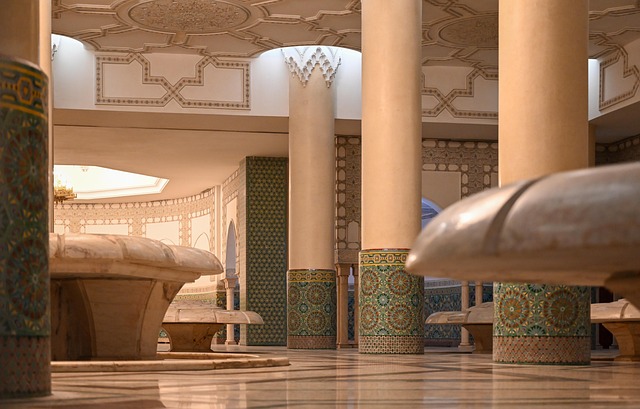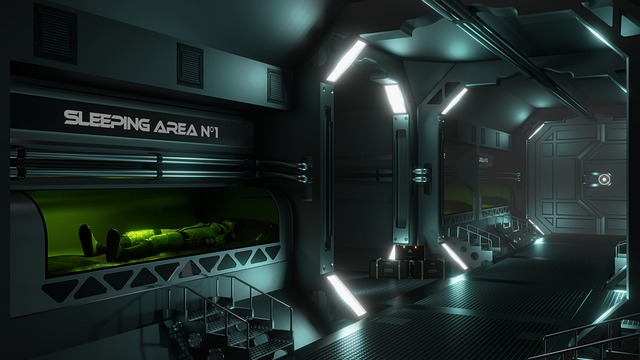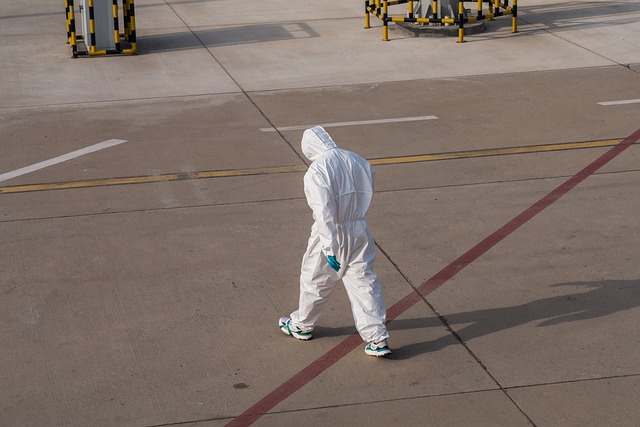Urban environments have long been defined by the rhythms of traffic, the glow of neon, and the relentless march of progress. Yet beneath the concrete and steel, a quieter revolution is taking shape—one that reclaims public space through the ancient craft of mosaic. The delicate interplay of color, texture, and light in these installations invites residents to pause, reflect, and engage with their surroundings in ways that transcend traditional public art. As cities grapple with issues of identity, community, and sustainability, the public space mosaic emerges as both a visual anchor and a catalyst for cultural dialogue.
The Historical Roots of Mosaic in Urban Public Spaces
Mosaic as a medium traces back to Roman baths, Byzantine churches, and medieval cathedrals, where stone, glass, and ceramic tiles were assembled into breathtaking narratives. This art form was never confined to private devotion; it also adorned civic structures such as triumphal arches, public fountains, and marketplaces. In the modern era, the 1960s and 1970s saw a resurgence of mosaic as a tool for community expression, particularly in post‑war European cities where rebuilding efforts sought to fuse tradition with contemporary aesthetics.
- Roman public fountains featuring intricate tesserae that told mythological stories.
- Byzantine mosaics in open courtyards serving as communal gathering points.
- Post‑war European projects that used mosaic to symbolize resilience and hope.
The Social Dimension of Public Space Mosaics
Unlike gallery exhibitions that require a ticket, public space mosaics are designed to be encountered by anyone walking, cycling, or strolling. Their presence democratizes art, transforming ordinary sidewalks and plazas into interactive canvases. Residents often feel a deeper sense of ownership when they see their neighborhood reflected in the vibrant patterns that decorate it.
“When the mosaic was finished, the whole street felt like a living mural, inviting everyone to step into it,” says a local community leader.
Designing with Intention: Materials, Sustainability, and Inclusivity
Contemporary mosaic projects increasingly prioritize environmentally friendly materials. Reclaimed glass, recycled ceramics, and biodegradable glazes reduce the ecological footprint of large installations. Designers also consider tactile accessibility, incorporating raised patterns for visually impaired pedestrians and using contrasting colors that aid color‑blind viewers. By integrating these thoughtful choices, public space mosaics become symbols of both artistic ambition and social responsibility.
- Selection of low‑VOC (volatile organic compound) adhesives.
- Incorporation of native plant palettes within mosaic borders.
- Use of QR codes embedded in tiles to link to multilingual explanatory texts.
Case Study: A Mosaic Transformation in a Midwestern Corridor
In 2018, the city council of a midwestern suburb partnered with a coalition of artists and local businesses to redevelop a neglected commercial corridor. The resulting mosaic, titled “Threads of Community,” spanned a 200‑meter stretch of sidewalk and featured interlocking motifs representing the city’s diverse cultural heritage. Each tile was hand‑cut by volunteers, turning the project into a collective act of creation.
Impact on Foot Traffic and Economic Activity
After the mosaic’s completion, foot traffic in the corridor increased by 35%. Small cafés reported higher patronage, and street vendors found that the visual appeal of the mosaic drew visitors from surrounding neighborhoods. Moreover, property values within a one‑block radius rose modestly, suggesting that aesthetic investment can translate into tangible economic benefits.
“We never expected such a noticeable uptick in customers,” notes the owner of a nearby bakery. “The mosaic turned our sidewalk into a destination.”
Collaborative Creation: Artists, Architects, and Residents
Successful public space mosaics hinge on a collaborative process that balances expert vision with community input. Architects often provide the structural layout, ensuring that the mosaic aligns with pedestrian flow and safety regulations. Artists contribute narrative themes, color palettes, and technical skill, while residents supply personal stories and cultural references that ground the work in local identity.
Workshops and Educational Programs
Many mosaic projects include workshops that teach residents the basics of tile selection, placement, and maintenance. Schools partner with artists to offer hands‑on classes, inspiring the next generation to value both craft and civic participation. These educational components extend the lifespan of the artwork beyond its physical presence, embedding it into the community’s cultural knowledge.
Challenges and Future Directions
Despite their transformative potential, public space mosaics face obstacles such as funding constraints, vandalism, and maintenance demands. Municipalities must balance budget priorities, often relying on grants, sponsorships, or crowd‑funded campaigns. Technological advances, like 3D scanning for precise tile placement and augmented reality overlays, offer new avenues to enhance durability and interactivity.
Envisioning Smart Mosaics
Imagine mosaics that light up at dusk, adapt colors based on weather conditions, or integrate sensors that monitor pedestrian traffic. These “smart mosaics” could provide real‑time data for urban planners while maintaining the aesthetic integrity that makes traditional mosaics beloved. Research into self‑healing materials and low‑energy illumination is already underway, promising a future where public space mosaics evolve in tandem with their environment.
Conclusion: A Timeless Medium Reimagined
From Roman plazas to contemporary urban streets, mosaics have always served as mirrors of societal values. Today, the public space mosaic embodies a renewed commitment to inclusivity, sustainability, and communal storytelling. By breathing color and narrative into the everyday, these installations do more than decorate—they transform, uniting diverse populations around shared artistic experiences. As cities continue to seek meaningful ways to engage residents, the humble mosaic stands ready to shape the cultural tapestry of tomorrow.




